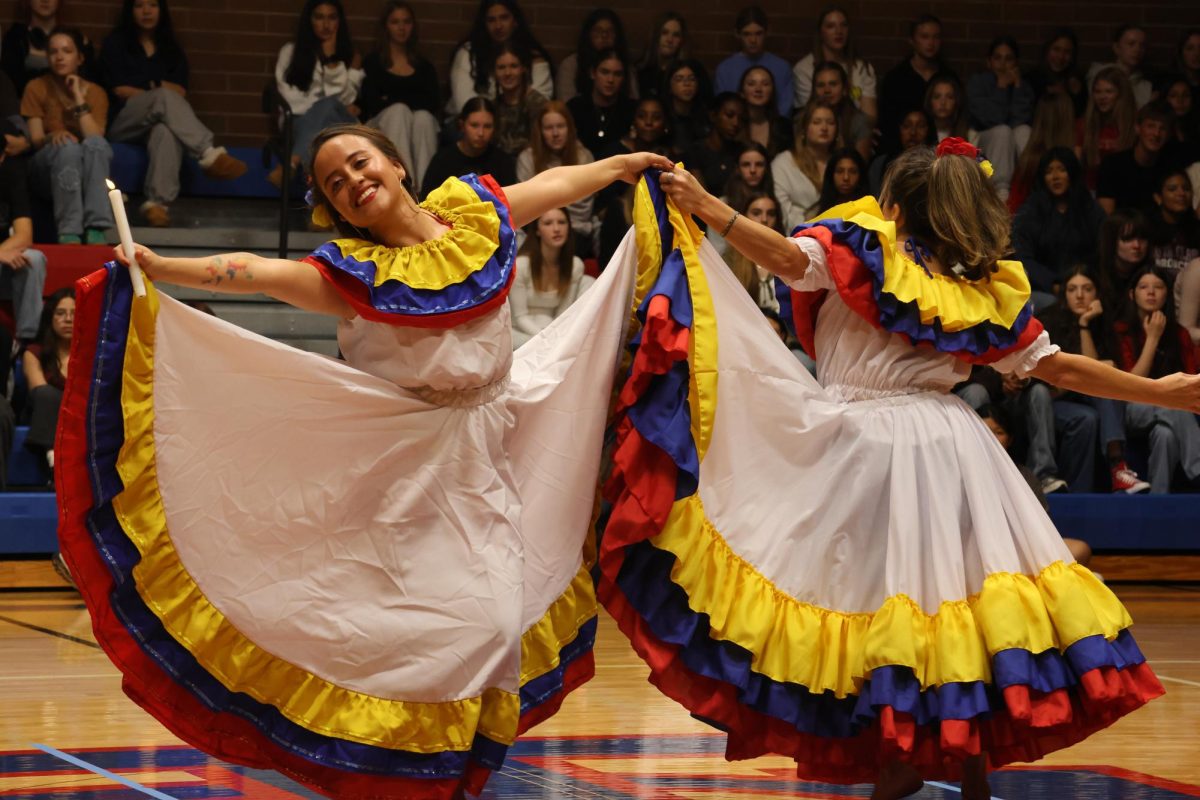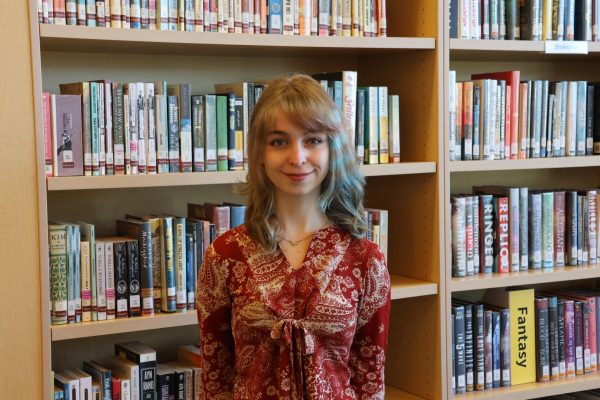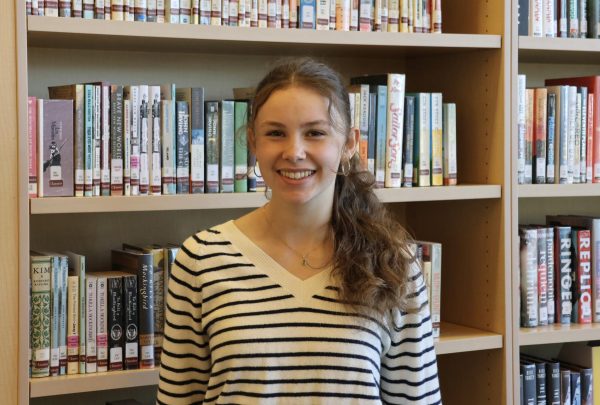While most of the school is waking up, the band’s work has already begun.
Tucked away in the backstage of La Salle’s theater auditorium, the band room buzzes with precision, eyelids heavy but ears sharp. A guitar locks into rhythm with the drums, and a keyboard swings into action. Saxophones answer, not rushing but intently responding.
It’s a sound that didn’t come easily, though.
In La Salle’s Pop Music Workshop, students spend their spring semester selecting and deconstructing the songs they love, note by note, then rebuilding them from scratch. The workshop, now in its third year, asks students to transcribe songs by ear, arrange them based on the instruments available to the band, and perform them in the spring concert.
According to Band Director Mr. Ryan Gabbart, the project aims to develop a deeper musical understanding through the hands-on analysis of something most students encounter every day, and often view as simple and familiar: pop music.
But accessible doesn’t always mean simple.
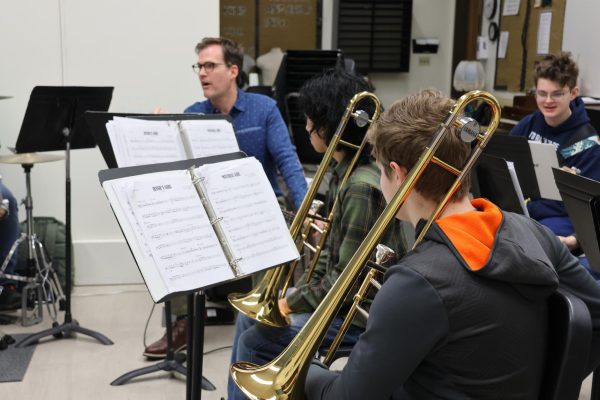
“It’s an easy song when you hear it,” Mr. Gabbart said when referring to “Footloose,” the 1984 song by Kenny Loggins. “It’s very accessible, and we like it, but when you start to pick it apart, it’s a very complicated song.”
It’s an understanding of this deceptively complex nature of pop songs that he aims for the students to walk away with.
“There’s layers to simplicity,” he said. “I think that’s what’s beautiful about art.”
The choice of pop music as the medium for learning serves multiple purposes beyond student engagement. Mr. Gabbart acknowledges that while he could assign classical pieces, the distance between those works and students’ cultural knowledge creates unnecessary barriers.
“I could use, you know, Stravinsky, but it’s… so far departed from their knowledge,” Mr. Gabbart said. “But the thing is, the G or the E flat, or whatever note they’re playing — it’s the same G that Stravinsky used.” This approach makes musical concepts accessible without diluting their complexity.
Mr. Gabbart’s approach to music education deliberately breaks from traditional methods. Rather than starting with theory and working toward application, he begins with the music students already know and love.
“My method of teaching music theory is not to open a textbook and start with ‘here’s everything you need to know about scales and chords and how it all goes together,’” Mr. Gabbart said. “[That’s] like trying to learn English by reading the dictionary.”
This philosophy extends to his view of learning itself. “I think, without curiosity, you don’t have a learner,” he said. The workshop is designed to foster that curiosity by giving students ownership over their musical choices and discoveries.
The process begins with transcription — the painstaking process of listening to a song and writing down every note, rhythm, and chord progression by ear. Some students use digital tools like GarageBand while others sketch out notes by hand on paper. Each transcription goes through around three drafts before it can be considered finalized for the concert.
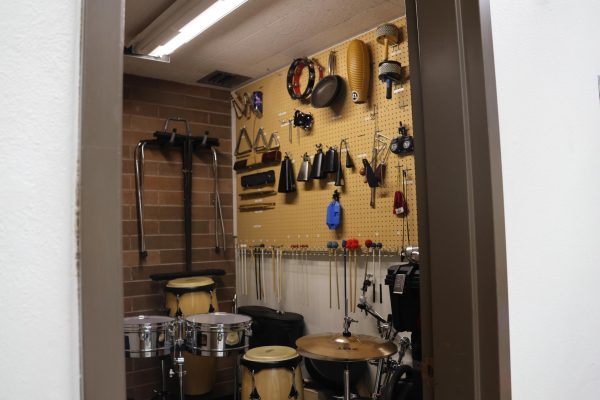
For senior and trumpet player Will Hambuchen, who transcribed a-ha’s “Take On Me,” the process deepened his appreciation for music beyond just listening.
“I’d compare it to literature,” Hambuchen said. “As you continue listening to it and as you continue learning more and more about it, you’re able to enjoy stuff in a deeper way.”
Sophomore Ryan Lengkeek, who plays alto saxophone, said this student-led approach was a step toward autonomy.
“I remember when I did this my spring semester as a freshman, I felt a lot more in control of the music in a way that I’d never had before,” Lengkeek said. “In middle school band, we never did any sort of student arranging. It was always just, ‘here’s a piece of sheet music. Learn these notes in this order, and be able to play it like a computer every time.’”
The transcription process itself became “demystifying,” Lengkeek said. “When you understand exactly how it sounds good and why it sounds good, and you feel like you’re able to recreate it, you feel closer to these artists, you know? It pulls back the curtain a little bit.”
With only 45 minutes of class time and a 100-minute practice log requirement outside of class, students find it essential to come prepared, not just for their own understanding, but for the fellow bandmates that rely on them as well.
Junior Ashley Kamhoot, a keyboard and piano player who joined the band this year, discovered the intensity of this group’s accountability. Because of the limited class time, she explained, it’s key to “show up to class being able to do the part, not learn the part,” Kamhoot said.
This demanding environment, however, proved to be a powerful catalyst for growth.
“I think that kind of throwing yourself in the deep end through band is one of the best ways to learn,” said Hambuchen, who has participated in band every year of his high school career.
Mr. Gabbart views this struggle as essential to growth.
“You’re not defined by your mistakes, you’re defined by your recovery and your ability to keep going,” Mr. Gabbart said. “It’s not a magic trick… It’s dedicated work — like anything else — to get to this point.”
For many students, one of the most crucial skills the workshop develops is active listening, both to the music being transcribed and to fellow band members during practice.
“In order to perform anything well, you have to be a really, really, really good listener,” Mr. Gabbart said. “The best musicians — the best performers of our time — didn’t get there because they didn’t pay attention. They noticed the details.”
Sophomore Gabe Gallares, who plays trombone and transcribed “After the Love Has Gone” by Earth, Wind & Fire, found that the transcription process changed how he engages with music, as the workshop “forces you to listen more,” he said.
“When you’re listening to the song you want to transcribe … You have to pay attention to what’s happening and what the musician wants to convey through the music,” Gallares said. “I feel like that’s one of the most valuable things from this workshop, just being able to connect with the music.”
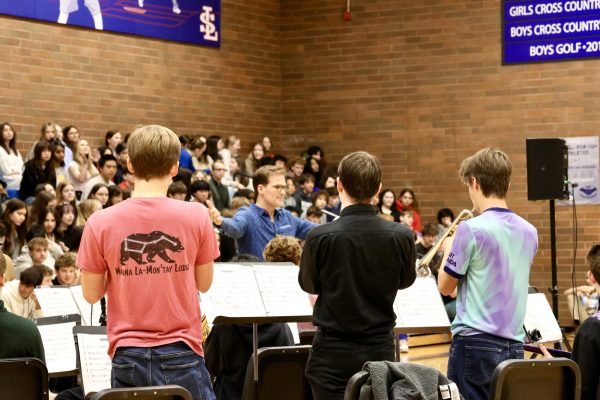
This heightened awareness carries over into ensemble playing, Hambuchen said.
“Music, generally, is an incredibly community-minded experience,” he said. “It doesn’t matter how much technical skill you have; it doesn’t matter how much experience you have. If you can’t listen to other people, you cannot be considered a good musician… It’s not just about you, it’s about your sound with everyone else.”
The workshop’s emphasis on collaboration extends beyond musical technique. Freshman and guitar player Jasper Trehearne, who joined late in the fall semester and transcribed Metallica’s “Enter Sandman,” found that “I’ve definitely learned to work more with other people,” he said. “You have to sort of recenter yourself and think about your instrument and your music in the context of the whole song.”
This shared responsibility between student and instructor is a major aspect of the workshop’s approach, noted Gallares. While Mr. Gabbart provides guidance and feedback, the creative decisions predominantly rest on the shoulders of the students.
“It feels like we have just as much responsibility as he does,” Gallares said.
“Mr. Gabbert tells us that what’s special about music isn’t what’s on the paper,” Gallares said. “What brings music to life [are] the musicians that are playing it.”
Mr. Gabbart draws parallels between the work of a music ensemble and team sports.
“You can’t play as part of a team if you’re not aware of what’s happening on the field every time. That’s why sports is hard. You’re moving. They’re moving. The ball is moving,” Mr. Gabbart said. “You want to do a play? We have to know what’s happening next. The same thing with music: you have to know where it’s going.”
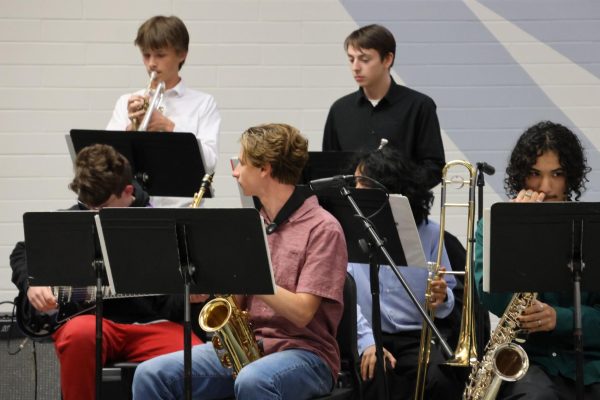
The workshop’s third year has brought refinements to the process, but its core challenge remains unchanged: bridging the gap between listening to music and understanding how it works.
“It helps you grow a lot more,” Lengkeek said. “There’ll be a lot of things that you need to work through, but every time you work through something, you learn something new.”
For Mr. Gabbart, the measure of success isn’t just in the final performance but in what students take with them afterward.
“What I want from them is to know that they can do it — to have the confidence in the next endeavor — and finally, the fact that they don’t need me,” Mr. Gabbart said. “By the time they’re done here, I don’t want them to need me at all.”




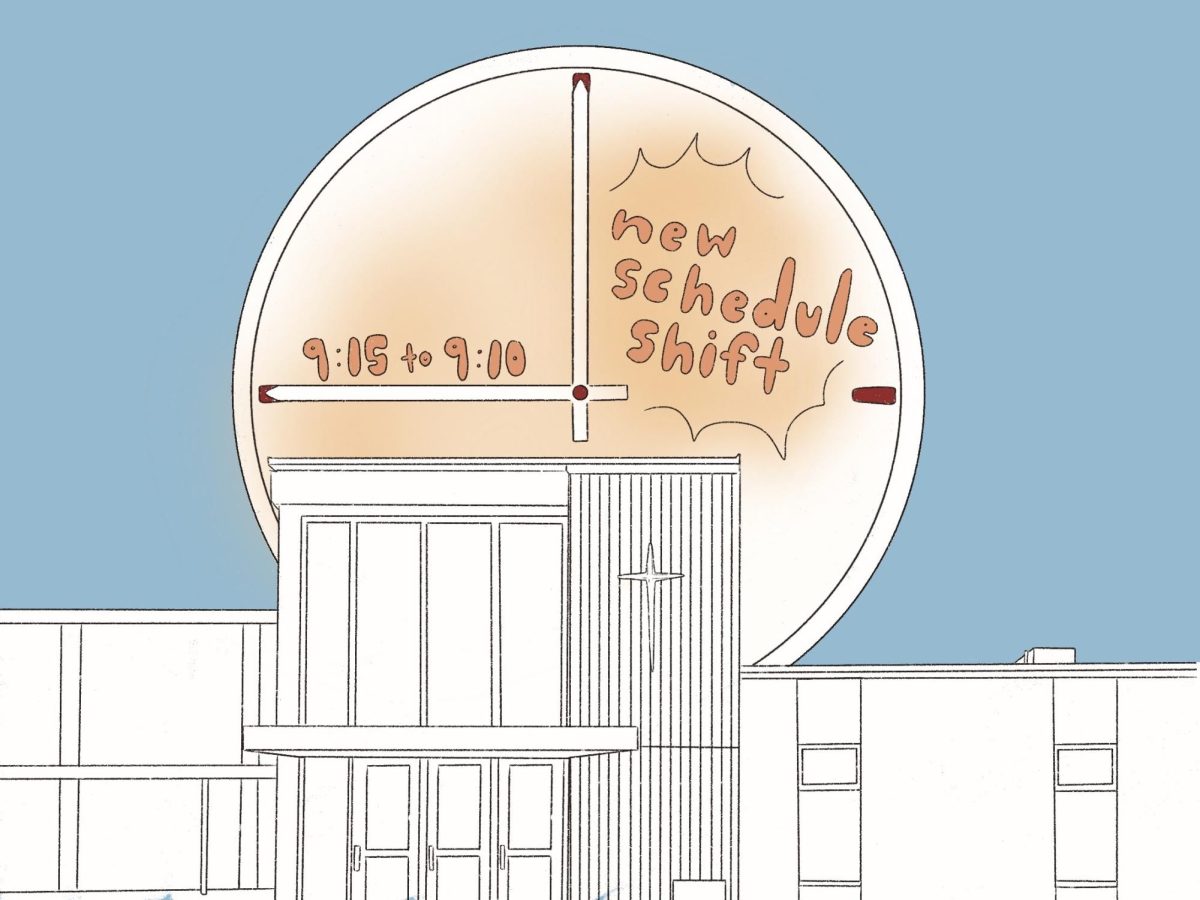
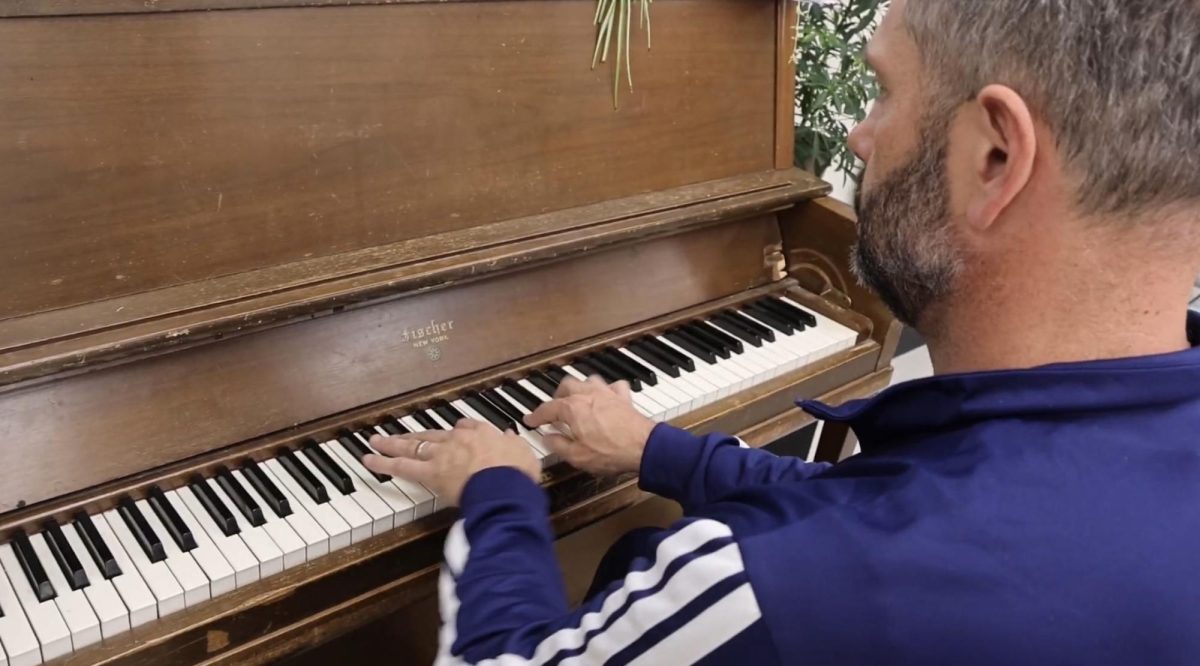
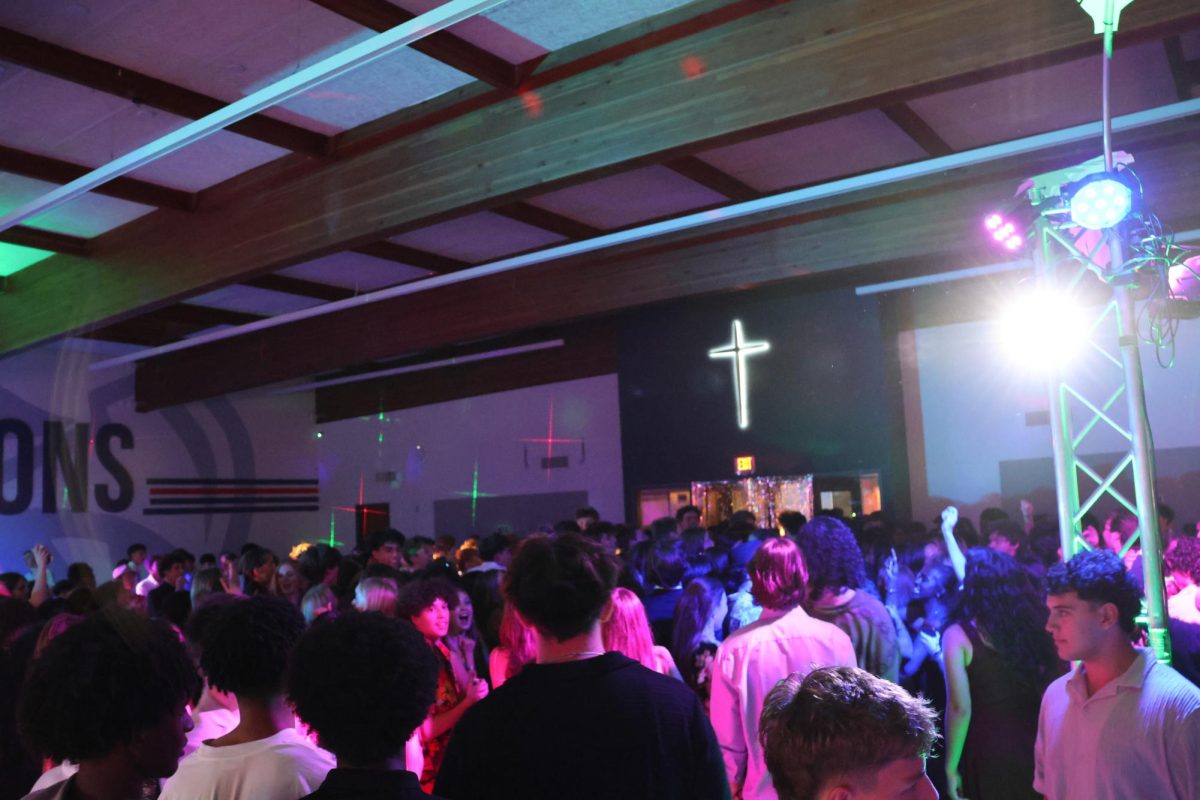
![Mr. Owen Furlong, the temporary Campus Safety Monitor, grew up near La Salle and described how Christ the King was “basically [his] backyard for a long time.”](https://lasallefalconer.com/wp-content/uploads/2025/10/115A2328-1200x800.jpeg)
